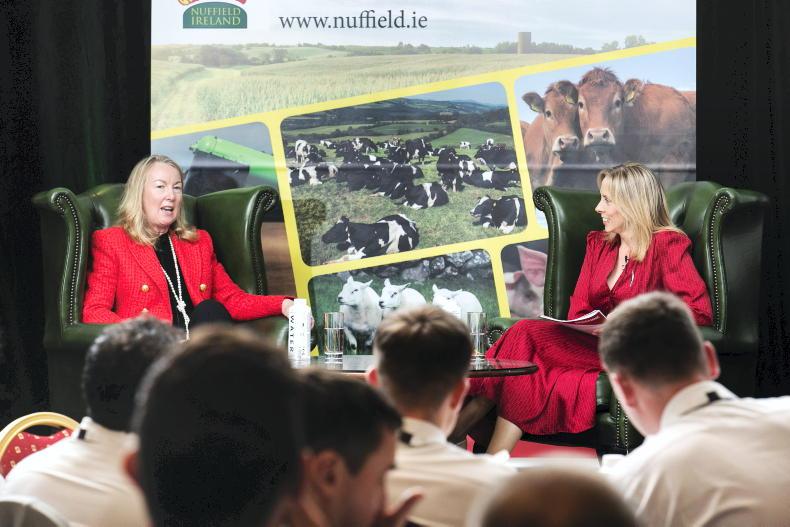The annual Nuffield Ireland conference took place in Tullow, Co Carlow, last Friday.
“Shaping the future of Irish agriculture” was the ambitious title of this year’s conference.
The first topic was “The future of plant and horticulture production in Ireland” with two presenters, Thomas Murray of O’Shea Farms in Kilkenny and Liagh Whelehan, who is an assistant manager in a bedding and pot plant nursery in Wexford.
I ended up apprehensive about the future of commercial horticultural crops in Ireland. While Thomas Murray dealt mainly with potatoes and carrots, Whelehan – despite her employment in the amenity/leisure end of the business – also spoke about the business and technical difficulties facing the sector.
Among those were a lack of independent research, a continuing withdrawal of effective chemicals, long supply chains, below-cost selling, cheap imports and a resistance to new technical developments such as gene editing.
The second session was on farm diversification and people management.
The first on farm diversification was Margaret Edgill. After a varied and successful career, she has returned to the family farm in Daingean, Co Offaly. She is concentrating on agri tourism and her presentation was forceful and crystal clear in its recommendations.
She saw agri tourism as a major sector in Europe but in Ireland there was no national vision or policy for it unlike in much of continental Europe, especially Italy and Slovenia.
There were lots of agencies involved, which she listed as the Department of Agriculture, Teagasc, Fáilte Ireland, the local enterprise boards, LEADER and the county councils.
She called for a national steering group to be set up with a national agri tourism policy to be agreed and key performance indicators developed. “We need legislation and policy intervention,” she concluded.
Gillian Willis is now with ifac, the farm accountant body, having joined it from Bord Bia where she was its small business manager. She compared Ireland with Chile where, after a period of strong economic growth, there was now a significant importation of workers on to farms from other countries.
Bryan Daniels from Kilkenny reported on his extensive travels looking at clover. He gave the stocking rate of 2.2 livestock units/ha as the level where clover could displace all nitrogen fertiliser on a farm.
He called for the co-ops to pay a sustainability bonus to dairy farmers meeting this target. He asserted that, in general, the co-ops were more interested in farmers using clover to bolster their own sustainability credentials rather than improving their suppliers’ profitability.
Laois dairy farmer David Fennelly and Michael Egan of Teagasc Moorepark gave an informed and worthwhile view on how the retention of the nitrates derogation might be achieved.
The first suggestion was that a water quality management plan be developed for each dairy farm. The proposal was made that the advisers currently employed on the Signpost Programme be moved to work in this area. The second proposal was that each farm calculate its nitrogen surplus for the year.
Nevertheless, my end impression was that the nitrates derogation will be difficult to retain.






 This is a subscriber-only article
This is a subscriber-only article










SHARING OPTIONS: